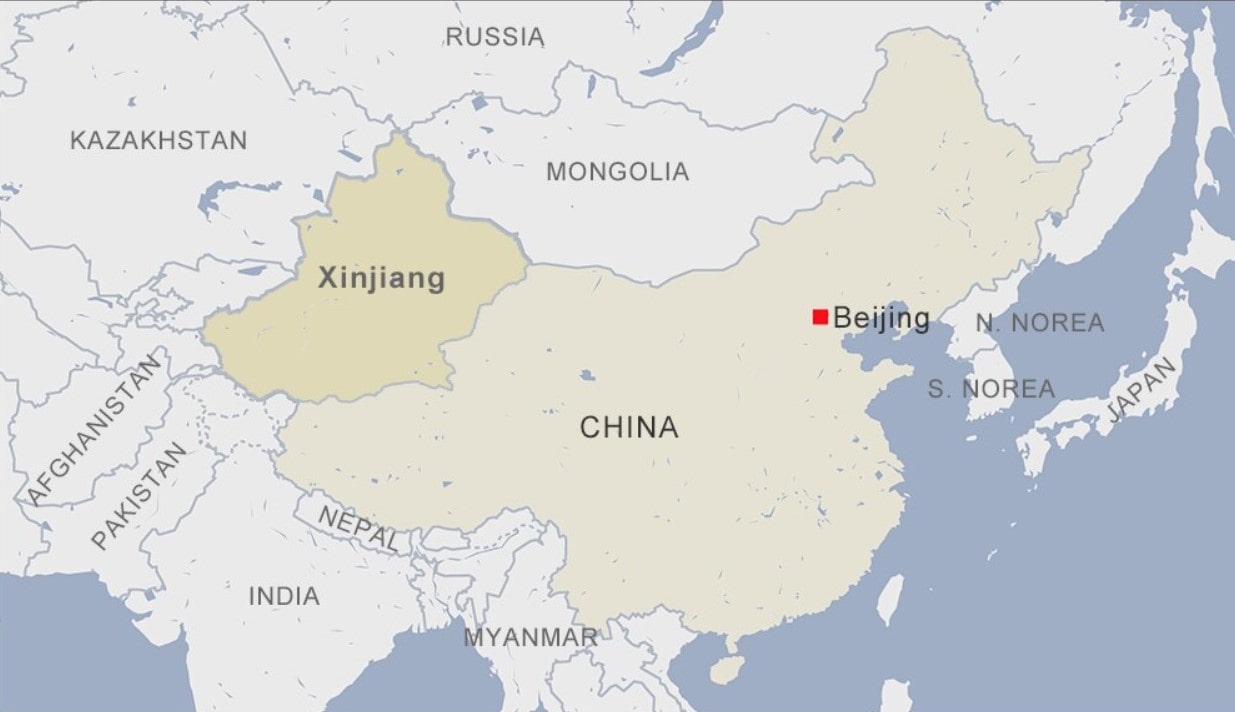
Uyghur Forced Labor Prevention Act – UFLPA:
The Uyghur Forced Labor Prevention Act (UFLPA) was signed into law on December 23, 2021 and entered into force on June 21, 2022. This act is a first of its kind for US Customs in that it established a rebuttal presumption that goods originating from the Xinjiang Uyghur Autonomous Region (XUAR) in China are sourced from forced labor. In other words, the importer is guilty until proven innocent, think IRS. The importer of record must provide clear and convincing evidence that the goods, articles or merchandise were not produced using forced labor.
The 1930 Tariff Act initially authorized CBP to prevent the imported of goods produced from forced labor through the use of issuing Withhold Release Orders. In 2020, through the restructuring of NAFTA into the USCMA, the US Government reaffirmed its commitment to preventing the imports from entering the USA that were a product of forced labor. The Forced Labor Enforcement Task Force (FLEFT) was created under the Department of Homeland Security as a new enforcement arm to combat forced labor.
Importers will receive a detention notice regarding shipments pulled in relation to UFLPA. Pursuant to 19cfr151, importers will have 30 days to provide evidence that goods were not produced by the way of forced labor. If the importer does not respond, or is unable to substantiate the exception, CBP will issue a seizure notice in accordance to 19cfr171.
Importer of Record due diligence
The FLEFT has created guidance to importers regarding due diligence and what evidence is required to show that forced labor was used for imported goods. Importer of records will need to deep dive into their tier 1, tier 2 and tier 3 suppliers whose goods may be reviewed under the UFLPA.
Considerations
- Map supply chain and assessment of forced labor risk.
- Identifying all entities involved in production of goods.
- Information gathering of workers at each entity involved.
- Mining, production or manufacturing records.
- Written supplier code of conduct forbidding use of forced labor.
- Internal force labor training.
- Remediation of forced labor conditions.
- Independent verification of implementation.
- Performance reporting.
High Priority Sectors
Tomatoes
Cotton
Silica based products
Important Links and Resources
UFLPA Entity List: https://www.dhs.gov/uflpa-entity-list
CBP Operational Guidance for Importers (June 12, 2022): https://www.cbp.gov/document/guidance/uflpa-operational-guidance-importers
CBP Reasonable care: https://www.cbp.gov/sites/default/files/assets/documents/2020-Feb/icprescare2017revision.pdf
International Labor Organization Combating Forced Labor Handbook: https://www.ilo.org/wcmsp5/groups/public/—ed_norm/—declaration/documents/publication/wcms_101171.pdf
US Department of Labor Comply Chain: https://www.dol.gov/ilab/complychain/
Forced Labor Enforcement Task Force (FLETF) strategy: https://www.dhs.gov/sites/default/files/2022-06/22_0617_fletf_uflpa-strategy.pdf
